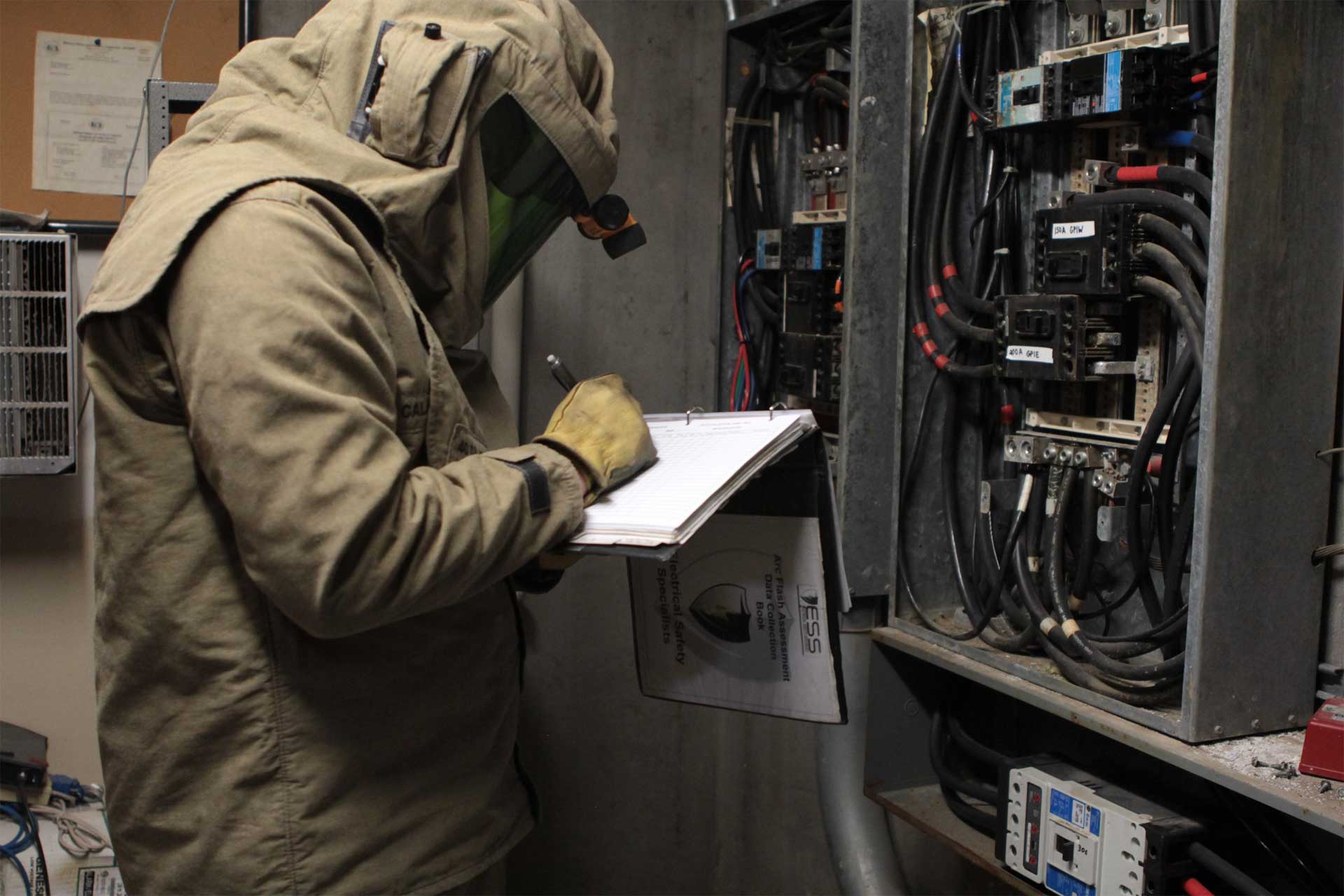Arc flashes are catastrophic events that significantly threaten electricians, machines, and property. Arc flash analysis is the critical pillar of electrical safety in the work environment, as it helps minimize and prevent these hazards. By evaluating the possibility of arcing and the risk level of a particular electrical system, companies can identify and implement measures to prevent accidents and equipment damage.
An arc flash is a quick release of electric energy through the air when there is a high-voltage gap. It causes an unexpected explosion of light and heat, resulting in burning, injuries, and equipment damage. This article covers the essential components of arc flash analysis, its importance, and how it can help create a safe working environment.
Components of Arc Flash Analysis
System Assessment and Arc Flash Hazard Analysis
The initial stage of arc flash analysis involves a detailed review of the electrical system. This stage involves identifying all potential arc flash hazards and determining the system setup. This data is critical for estimating arc flash incident energy.
The next phase entails an arc flash hazard analysis. It involves determining incident energy at different locations in an electrical system, identifying the arc flash boundary, and determining the distance within which a worker could receive a second-degree burn if an arc flash takes place. Depending on the incident energy levels, workers may be recommended to wear personal protective equipment (PPE).
Labeling
Properly marking equipment is a crucial part of arc flash analysis. Equipment is labeled according to the possibility of arc flashes as a warning for workers. The labels must contain the arc flash boundary, the necessary PPE, and incident energy levels.
Importance of Arc Flash Analysis
Arc flash incidents can lead to very severe burns, injuries, and, in some cases, even death. Instead of leaving workers to the mercy of arc flash, arc flash analysis recognizes potential hazards and recommends appropriate PPE for protecting workers. Besides worker protection, arc flash analysis also saves equipment since Arc flash incidents often result in severe equipment damage, which leads to costly downtime and repair.
OSHA requires employers to assess the workplace for hazards that threaten workers with injury or death, including arc flash hazards. Conducting an arc flash analysis ensures the company’s compliance with safety regulations and protects it from potential fines and penalties.
How Arc Flash Analysis Improves Safety.
Arc flash analysis involves identifying the possibility of arc flashes and taking preventive measures to reduce the risk. By determining where arc flash incidents are most likely to occur, employers can introduce safety materials to protect workers.
Arc flash analysis helps in PPE selection by calculating the incident energy levels. Moreover, labeling the equipment with arc flash warnings makes workers conscious of hazards. These labels should constantly remind workers that it is their responsibility to adhere to safety regulations when working with electrical equipment.
Summary
Arc flash analysis is an essential part of electrical safety at work. During arc flash analysis, hazards are identified and addressed, PPE requirements are determined, and appropriate warnings are issued to protect workers and equipment from the consequences of arc flash incidences. Arc flash analysis is an investment in your employees’ safety and welfare. Job sites are made much safer for everyone through timely arc flash risk evaluation and appropriate mitigation.





Be First to Comment